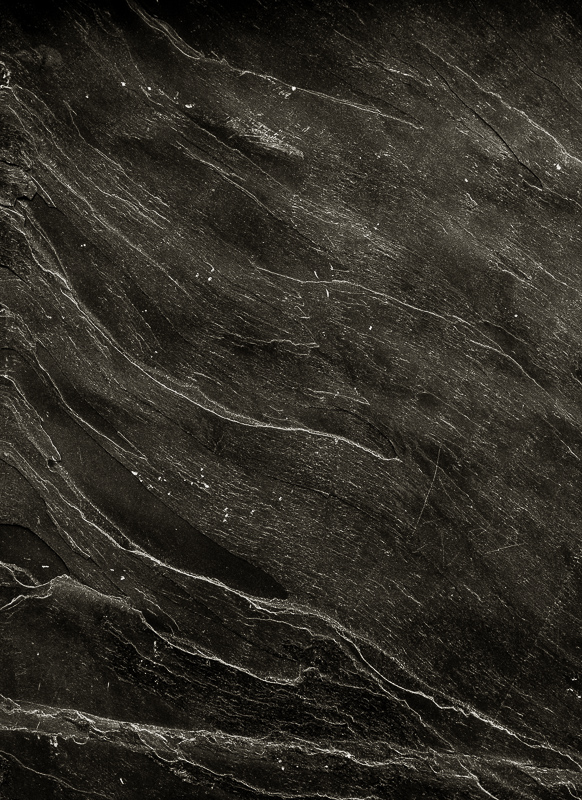Every Picture Is a Compromise
Lessons from the Also-rans
Most photography websites show the photographer's very best work. Wonderful. But that's not the full story of a creative life. If we want to learn, we'd better pay attention to the images that aren't "greatest hits" and see what lessons they have to offer. Every picture is a compromise — the sum of its parts, optical, technical, visual, emotional, and even cosmic – well, maybe not cosmic, but sometimes spiritual. Success on all fronts is rare. It's ok to learn from those that are not our best.
This is a series about my also-rans, some of which I've been able to improve at bit (i.e., "best effort"), none of which I would consider my best. With each there are lessons worth sharing, so I will.

Previous image | Next image |
Original digital capture

It's What You Make Week
The theme this week revolves around the idea that it's not what you take, but what you make that counts. All the images this week are ones that required radical processing to pull something interesting out of a blah RAW capture.
What I saw that I liked:
The outside walls of the Central Academy of Fine Arts (CAFA) in Beijing, China.
What I don't like in the RAW capture:
I include the above (with fellow traveler Doug Ethridge) just to show the scale of the slates that cover the walls.
What I made:
I photographed lots of these slate tiles because I thought the lines, cracks, and specks made for some interesting patterns. Months later, I converted a few of them to b/w and (as always) pushed the contrast to an extreme just to see what might be hidden there. Suddenly I saw giant waves, the kind that topple boats like straws. This lead to a project titled, Lost at Sea. I probably photographed 100 of these slate tiles, but used only half a dozen in the finished project. Not all of them took on the characteristics of waves. This is a great example of gathering lots and lots of assets in the field because you never know what you might find when you are back home processing the RAW files. |
|


